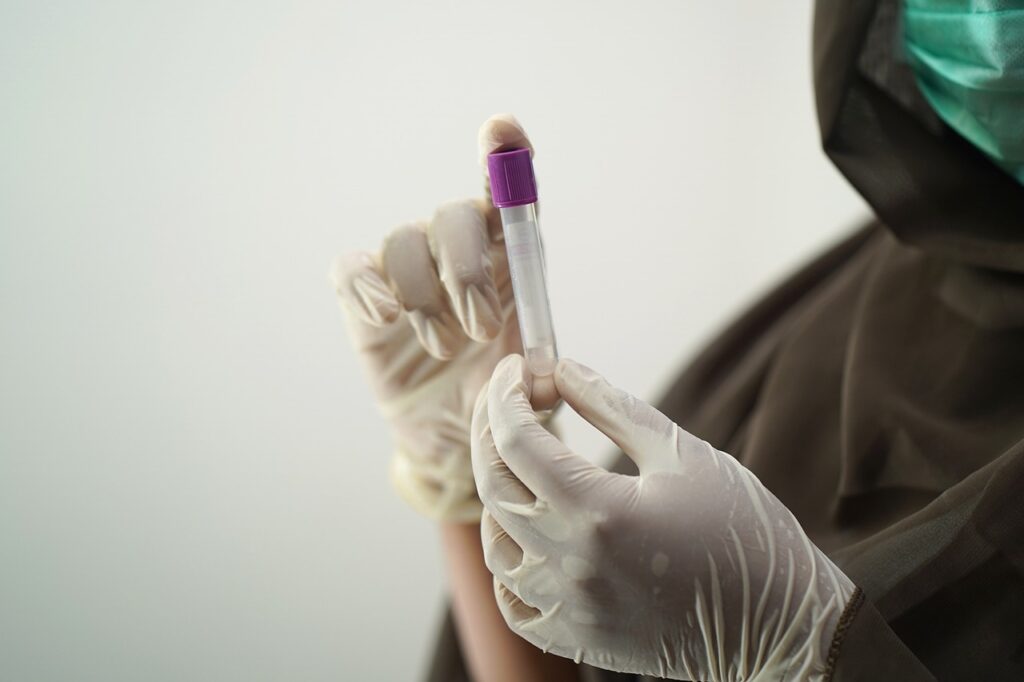Written by Gina Glass
Like any parent of a child with a rare disease, my world was turned upside down when my daughter, Gia, was diagnosed with sickle cell disease (SCD) in 2015. SCD is a rare genetic disease where red blood cells develop a “sickle” shape. This affects their ability to transport oxygen in the blood. Patients with SCD can experience a wide range of health complications, including anemia, severe pain, infections, stroke, heart disease, kidney failure, liver disease and pulmonary hypertension. While the disease occurs most often in people of African descent, it is also prevalent among the Hispanic, Middle Eastern, Asian, Mediterranean and Indian populations. I learned that I was a carrier for the disease when I was a child but knew very little about SCD before Gia was born. Click here to learn more about this disease.
I quickly learned that Gia’s diagnosis would mean frequent trips to specialist doctors and hospitals. Our family made the difficult decision to relocate from Orange County, California to Las Vegas so that I could spend more time caring for her.
Gia was only 18 months old when she experienced her first SCD complication. We brought her to our local hospital because she was experiencing a high fever. After telling the emergency room doctor that she had SCD, Gina was given an antibiotic shot and some Tylenol before being sent home. The doctor did not think she had anything seriously wrong with her. Three days later she was increasingly lethargic, and I noticed her breathing was labored. We took her to another hospital where she was diagnosed with pneumonia in both lungs. She was immediately admitted to the ICU. It was this complicated and frightening experience that inspired me to create the Dreamsickle Kids Foundation in 2018 as Nevada’s first SCD advocacy organization.
In just over two years, the foundation has made great strides in changing the SCD patient experience in Nevada. Our goals are to increase awareness of SCD in the medical community and the general public as well as support families affected by sickle cell and other rare diseases. Our group played a major role in the passage of Assembly Bill 254, which requires Medicaid and all other health insurers in the state to cover important services for people living with SCD. The bill also established Nevada’s first sickle cell registry. We hope that the registry will provide more accurate information about the prevalence and impact of SCD and drive more awareness to the disease.
Many people who are not affected by SCD might not realize the effects the disease has on families. Parents of children with SCD are often forced to miss work for medical appointments, treatments, and hospital stays during sickle cell crises. Our organization raises money to assist families by providing transportation to medical appointments and financial support to cover food, rent and other essential needs. We are also proud to provide scholarships to medical providers who would like to be involved in SCD research and patient care. We have raised about $25,000 from private donations and grants to support these efforts.
We are also working in efforts to eliminate the biases and stigma associated with SCD. Medical professionals who are not familiar with the disease often assume that patients with SCD are trying to get access to pain medications when they are not sick. This assumption sometimes means that patients do not receive medication that can allow them to return to their daily routines. In extreme circumstances, their serious medical complications are dismissed, and patients experience life-threatening symptoms. Parents of children with the disease often encounter obstacles in the workplace when they need to take time off to care for their child. Employers question if the child is actually sick because they look healthy. Our hope is that outreach to build awareness can help address some of these challenges.
I feel lucky to have had the opportunity to turn caring for my daughter into something that has a positive impact on more people than just our family. Directing the Dreamsickle Kids Foundation is now my full-time job, and it is more rewarding than I could have ever imagined. I hope that Gia herself is inspired by the foundation. Even though she is only five years old, I have taught her to be vocal about her diagnosis and to never be ashamed. We plan to continue our work until an effective treatment is available to all SCD patients. The Dreamsickle Kids Foundation has given me hope that our dreams will be a reality during Gia’s lifetime.







